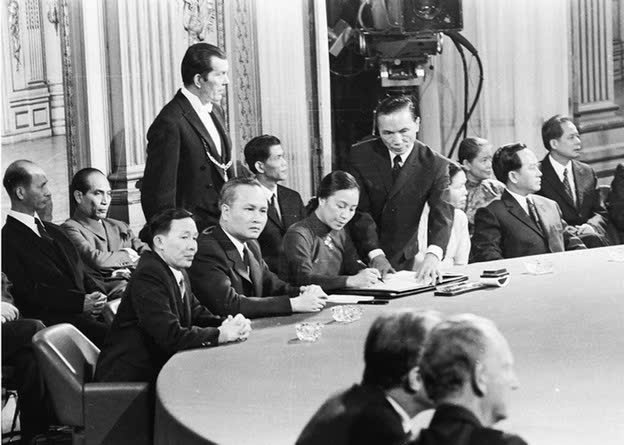
MRS. NGUYEN THI BINH AND THE HISTORICAL PEN
On January 27, 1973 in Paris, the “Agreement on Ending the War and Restoring Peace in Vietnam” (abbreviated as the Paris Agreement) was signed. It was the result of the longest and most arduous diplomatic struggle in the history of Vietnamese diplomacy, with 202 public meetings and 24 private meetings over a period of 4 years and 9 months (from May 13, 1968 to January 27, 1973), marking an important turning point in our people’s cause of fighting against the US and saving the country.
52 years have passed, but when mentioning the name Nguyen Thi Binh, former Vice President, the first female Foreign Minister of Vietnam, Head of the negotiating delegation of the Provisional Revolutionary Government of South Vietnam at the Paris Conference, the whole world admires and respects the steadfast will, flexibility, and acumen of this excellent female diplomat, a daughter of her hometown Quang Nam.
Ms. Nguyen Thi Binh, real name Nguyen Chau Sa, was born on May 26, 1927, in La Kham village, Dien Quang, Dien Ban, Quang Nam, in a family with a revolutionary tradition: her paternal grandfather was a soldier in the Can Vuong movement, fought and sacrificed in his hometown, her maternal grandfather was the patriot Phan Chau Trinh. From a young age, she participated in patriotic movements, actively participating in demonstrations against French colonialism. After being imprisoned, she continued her activities and was appointed as a member of the National Liberation Front of South Vietnam, in charge of foreign affairs.
In 1968, she was Deputy Head of the Negotiation Delegation of the National Liberation Front of South Vietnam to the Paris Conference. Her presence as a female diplomat attracted international attention and facilitated the negotiation process. She was later appointed Foreign Minister of the Provisional Revolutionary Government of the Republic of South Vietnam and Head of the Delegation of the Provisional Revolutionary Government of the Republic of South Vietnam at the Paris Conference. Her role in the Paris Conference was described as a challenge, requiring tact, perseverance and flexibility in negotiating with the American superpower.
Ms. Nguyen Thi Binh achieved many successes in negotiations, making an important contribution to the signing of the 1973 Paris Agreement. After the war, she continued to contribute to the country in important positions such as Minister of Education, Deputy Head of the Party Central Committee's Foreign Affairs Commission, Vice President, and National Assembly delegate of the 6th, 7th, 8th, 9th, and 10th terms.
In her memoir “Family, Friends and Country”, Ms. Nguyen Thi Binh called diplomacy a special front in the resistance war against the US to save the country, a heavy task, a very important page in my life of activities”. The event of Ms. Nguyen Thi Binh taking on the responsibility of Minister of Foreign Affairs, Head of the negotiating delegation of the Provisional Revolutionary Government of the Republic of South Vietnam at the Paris Conference caused a “storm” in the international media. With her polite demeanor, friendly, gentle and confident attitude, she left a strong impression on those who met her and the press at that time. They turned to each other and said: “The Viet Cong are so civilized”, “they are not people from the jungle”… and hunted for the image and biography of the female head of the “Viet Cong” delegation.
Swedish writer Sara Lidman once wrote about Madame Nguyen Thi Binh: “Wherever Mrs. Binh is, people no longer see anyone else…, when listening to Mrs. Binh speak, people no longer want to listen to anyone else…, she is mysterious…, delicate…”. in the book: “In the heart of the world”.
Minister of Foreign Affairs of the Provisional Revolutionary Government of the Republic of South Vietnam Nguyen Thi Binh signed the Paris Agreement on Vietnam, January 27, 1973, at the International Conference Center in Paris (France) (Photo collected)
During the years of participating in negotiations at the Paris Conference, the image of “Madam Binh” as the media called her always made a strong impression on the Western press with her convincing, intelligent, sometimes firm, sometimes witty statements that made the world respect her and the people happy. According to French journalist Madeleine Riffaud, all politicians commented: “The Viet Cong won a great victory through the reception of Madam Binh in Paris. Madam Binh was like a queen, welcomed like a head of state, with all the formalities, and was warmly welcomed. Madam Binh shocked public opinion in Paris and the world. The flag of the Front was flying in Paris. Very wonderful! Very rare!”.
In 1985, when the Southern Women's Traditional House (now the Southern Women's Museum) was established, Ms. Nguyen Thi Binh donated to the museum two pens used to sign the Paris Agreement on January 27, 1973. This is one of the precious relics associated with the life and national liberation career of Ms. Nguyen Thi Binh and is currently on display at the Southern Women's Museum in the theme: "International activities of Southern women". This artifact is not only an ordinary relic but also carries deep historical significance, symbolizing the resilience and determination of the Vietnamese people in the fight for independence.
Photo: Pen used by Ms. Nguyen Thi Binh on the day of signing the Paris Agreement
on display at the Southern Women's Museum
The pen is a felt-tip pen, the pen body is made of plastic, black, made in Germany, brand Papeterie Josphgiberi (on the pen body there are the English words: "Made in Germany" and "Papeterie Josphgiberi"). The pen is cylindrical and tapered at both ends, with two parts: The pen cap is 6.5cm long, the cap diameter at the largest point is 1.3cm wide, the smallest point is 0.7cm wide, the pen cap has a stainless steel pen clip; the pen body (from the base to the spiral ring) is 8.6cm long, the pen body diameter at the largest point is 1cm wide, the smallest point is 0.8cm wide; the total length of the pen (after the cap is closed) is 13.4cm long. The pen is designed simply but very delicately and gracefully.
Each pen is a souvenir, a symbol of the determination and desire for peace of the Vietnamese people.
The display of this pen at the Southern Women's Museum not only helps the public better understand her life and career as an excellent diplomat but also as a revolutionary soldier, a symbol of the persistent and resilient fighting spirit of the Vietnamese people during the resistance war against the US, but also a symbol of the noble qualities of Vietnamese women.
Ho Chi Minh City, February 12 , 2025
Vo Cu
Department of Communication - Education - International Relations
References:
- Nguyen Thi Binh (2012), Family, friends and country , Tri Thuc Publishing House.
- National Liberation Front Provisional Revolutionary Government at the Paris Conference on Vietnam, National Political Publishing House, Hanoi 2001
- Nguyen Van Sau (2023) The 1973 Paris Agreement – The pinnacle of the art of both fighting and negotiating , People's Army newspaper. https://www.qdnd.vn/phong-su-dieu-tra/phong-su/hiep-dinh-paris-1973-dinh-cao-nghe-thuat-vua-danh-vua-dam-716951
Source: https://baotangphunu.com/ba-nguyen-thi-binh-va-cay-but-lich-su/


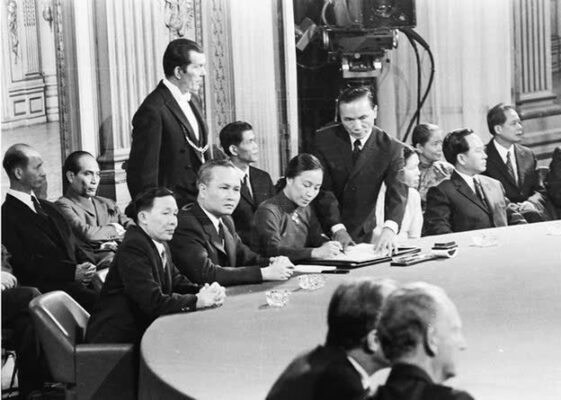
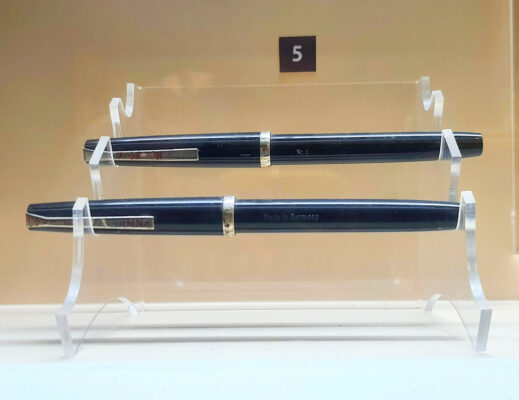
![[Photo] Nhan Dan Newspaper announces the project "Love Vietnam so much"](https://vstatic.vietnam.vn/vietnam/resource/IMAGE/2025/4/17/362f882012d3432783fc92fab1b3e980)
![[Photo] Closing of the 4th Summit of the Partnership for Green Growth and the Global Goals](https://vstatic.vietnam.vn/vietnam/resource/IMAGE/2025/4/17/c0a0df9852c84e58be0a8b939189c85a)
![[Photo] National Assembly Chairman Tran Thanh Man meets with outstanding workers in the oil and gas industry](https://vstatic.vietnam.vn/vietnam/resource/IMAGE/2025/4/17/1d0de4026b75434ab34279624db7ee4a)
![[Photo] Promoting friendship, solidarity and cooperation between the armies and people of the two countries](https://vstatic.vietnam.vn/vietnam/resource/IMAGE/2025/4/17/0c4d087864f14092aed77252590b6bae)

![[Photo] The beauty of Ho Chi Minh City - a modern "super city" after 50 years of liberation](https://vstatic.vietnam.vn/vietnam/resource/IMAGE/2025/4/18/81f27acd8889496990ec53efad1c5399)





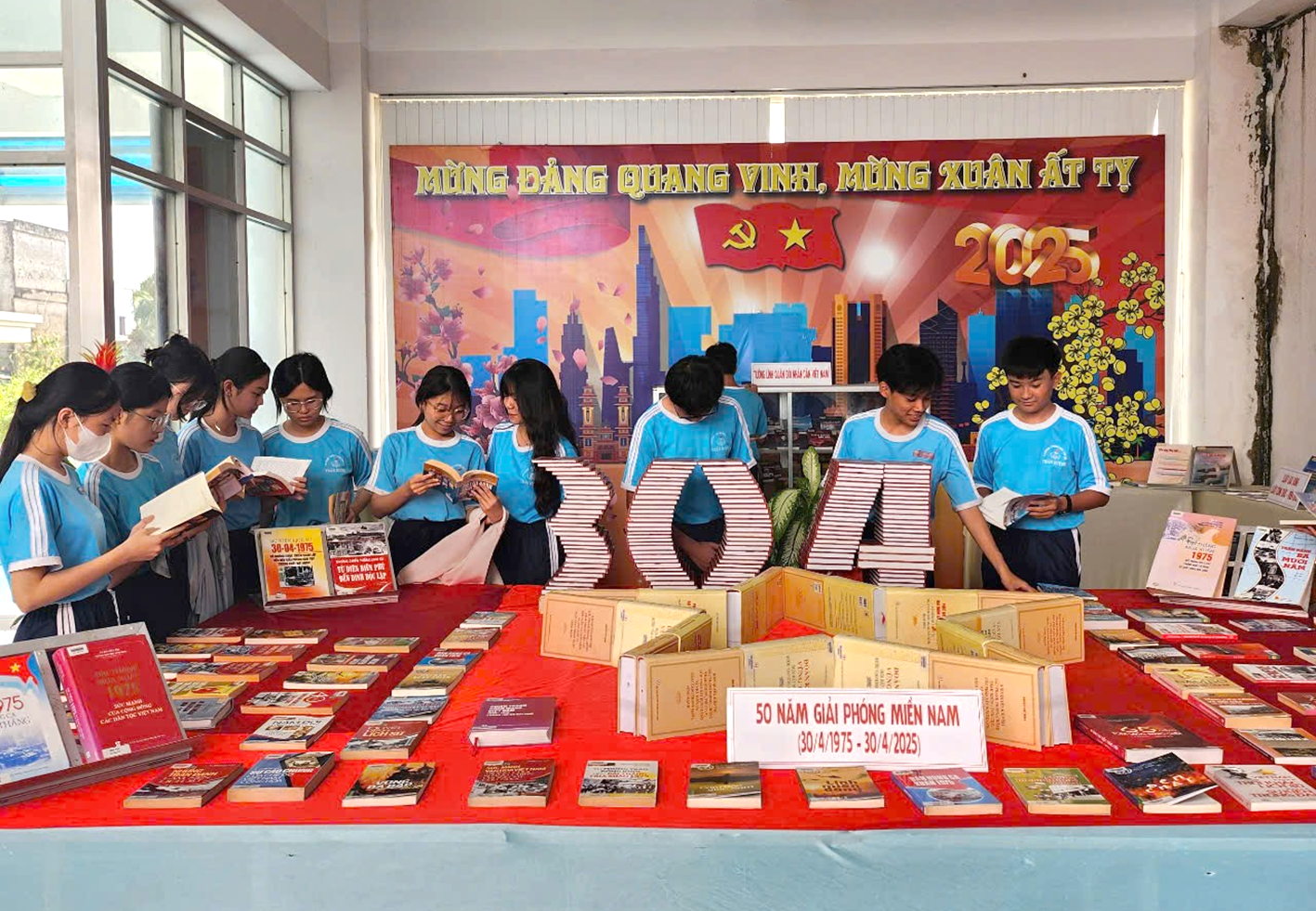
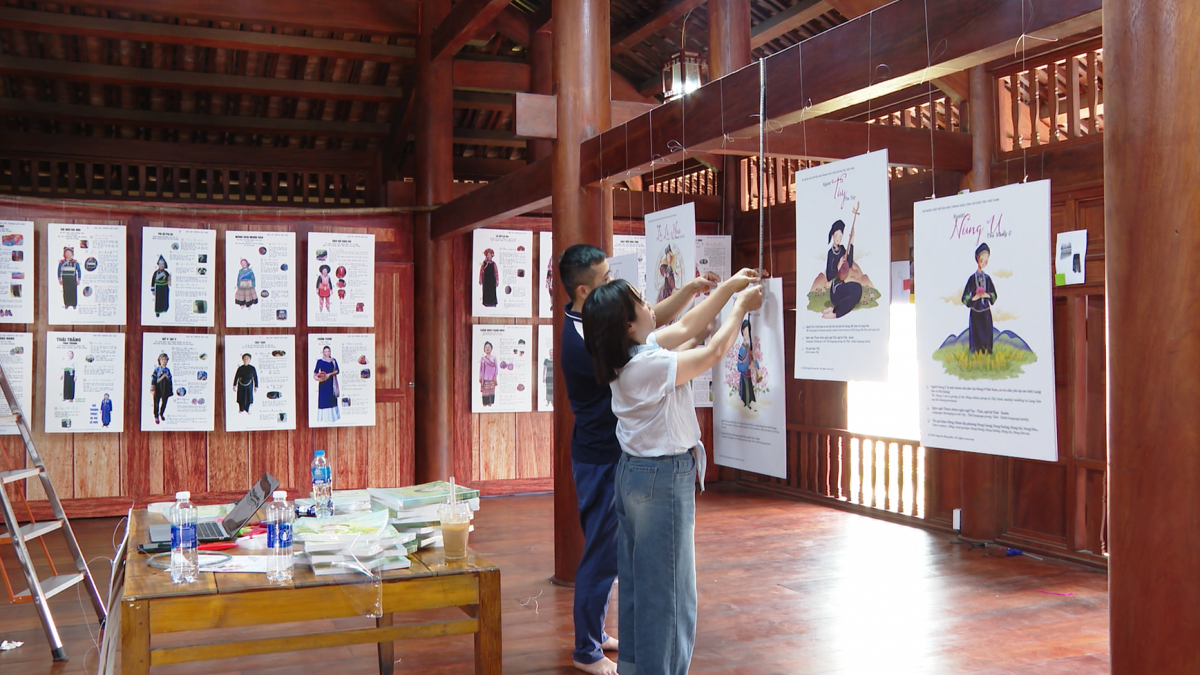
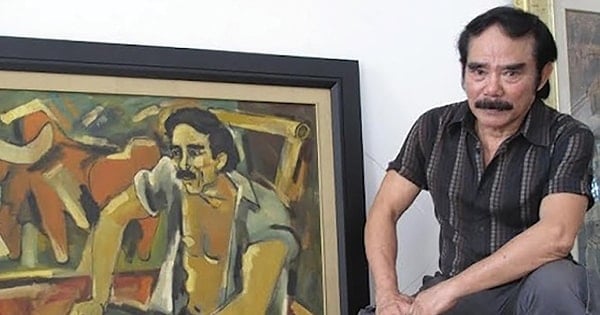
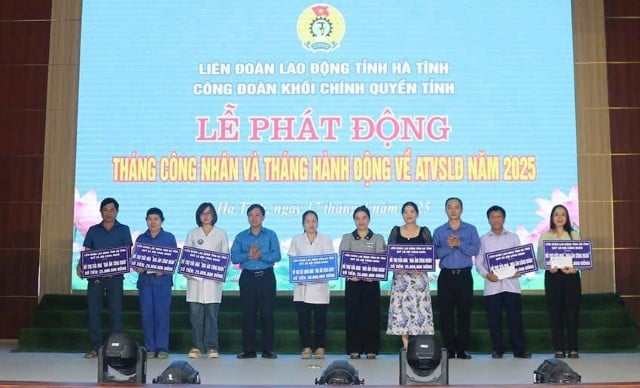

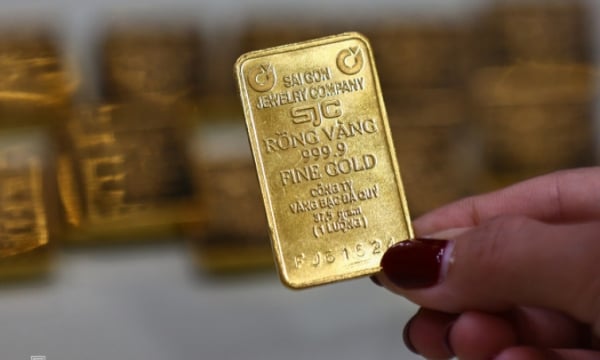
![[Photo] General Secretary To Lam receives French Ambassador to Vietnam Olivier Brochet](https://vstatic.vietnam.vn/vietnam/resource/IMAGE/2025/4/17/49224f0f12e84b66a73b17eb251f7278)
































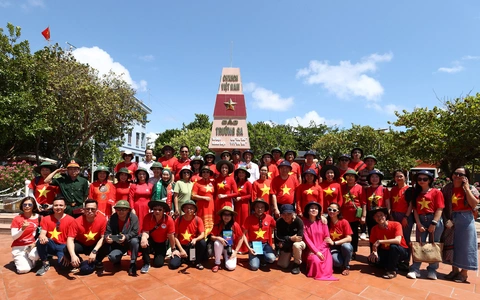
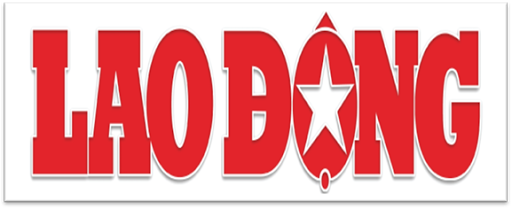
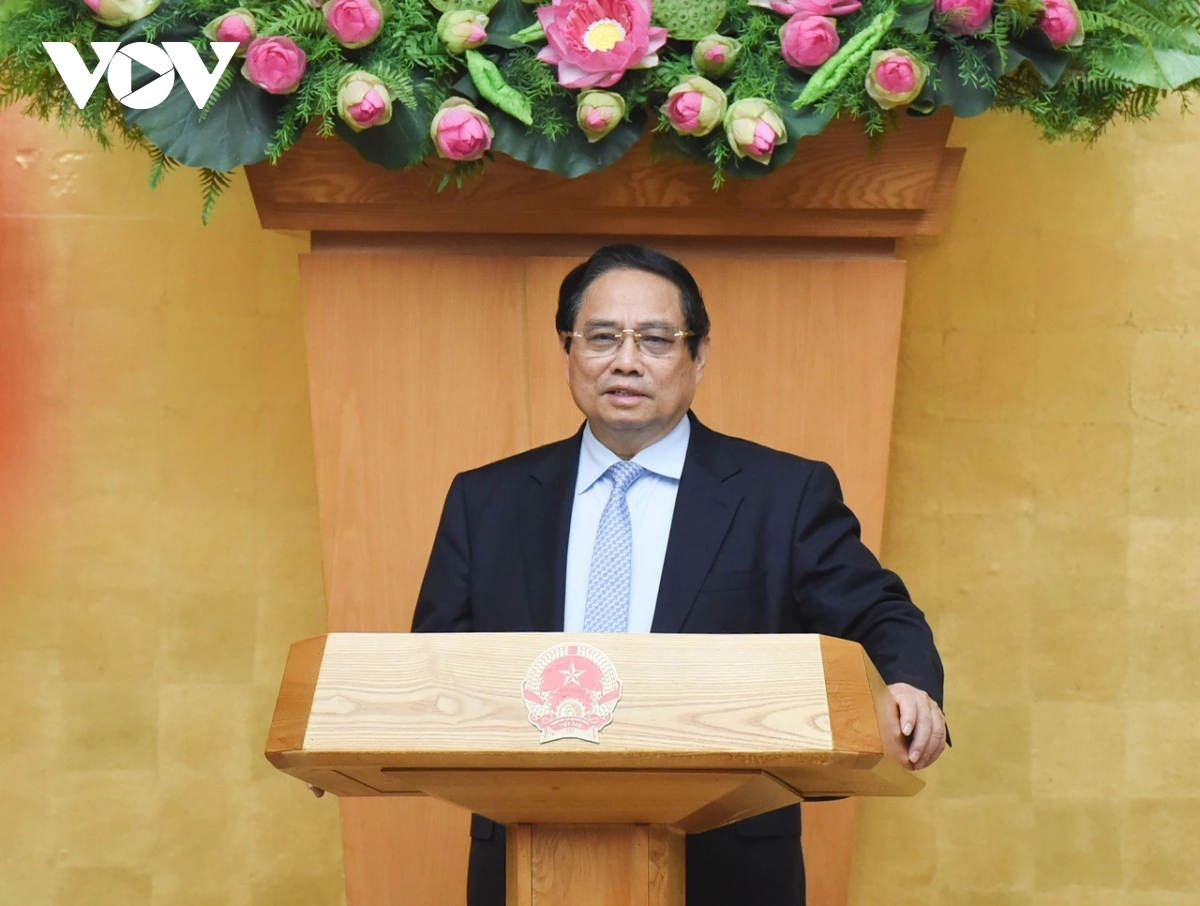




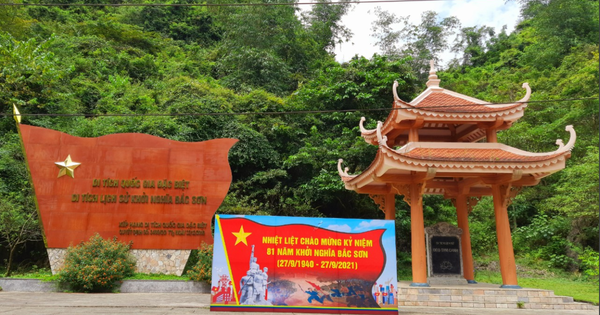

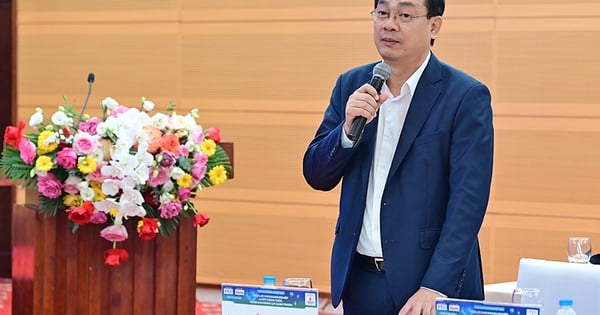
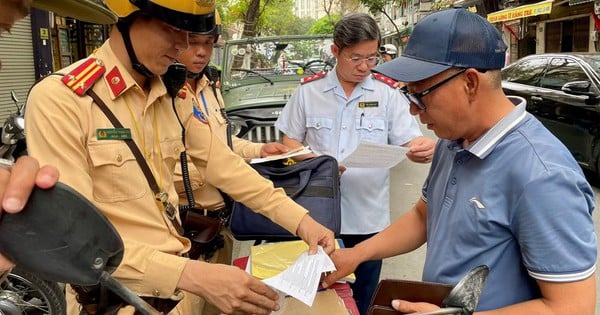

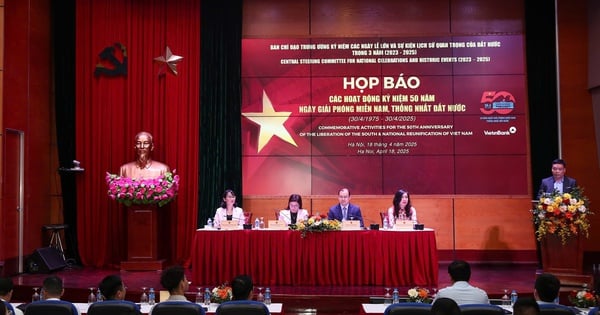



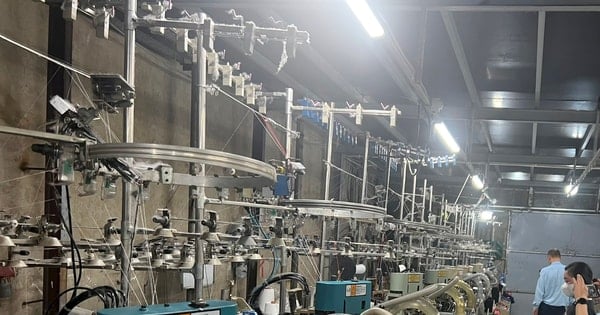

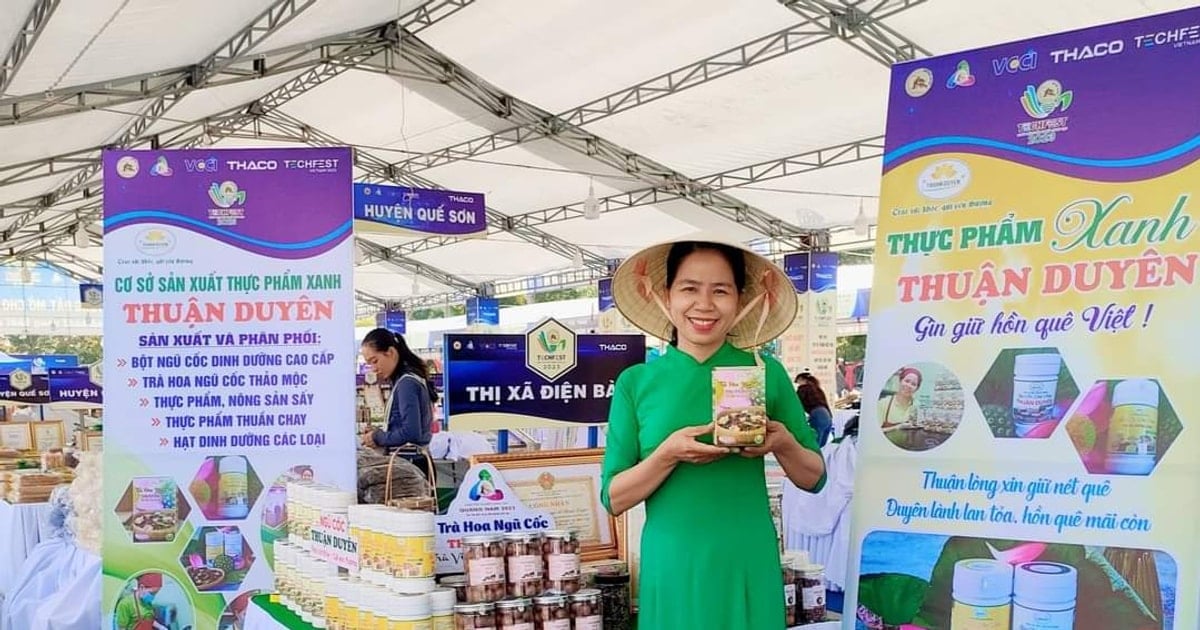


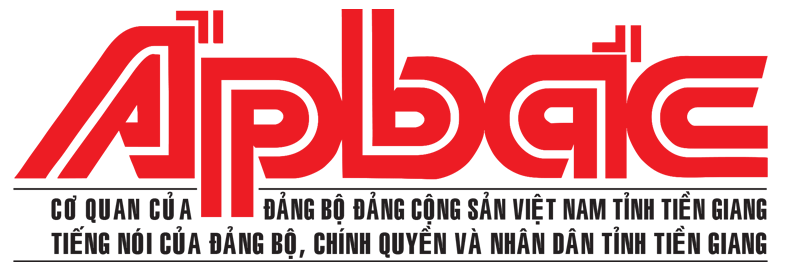
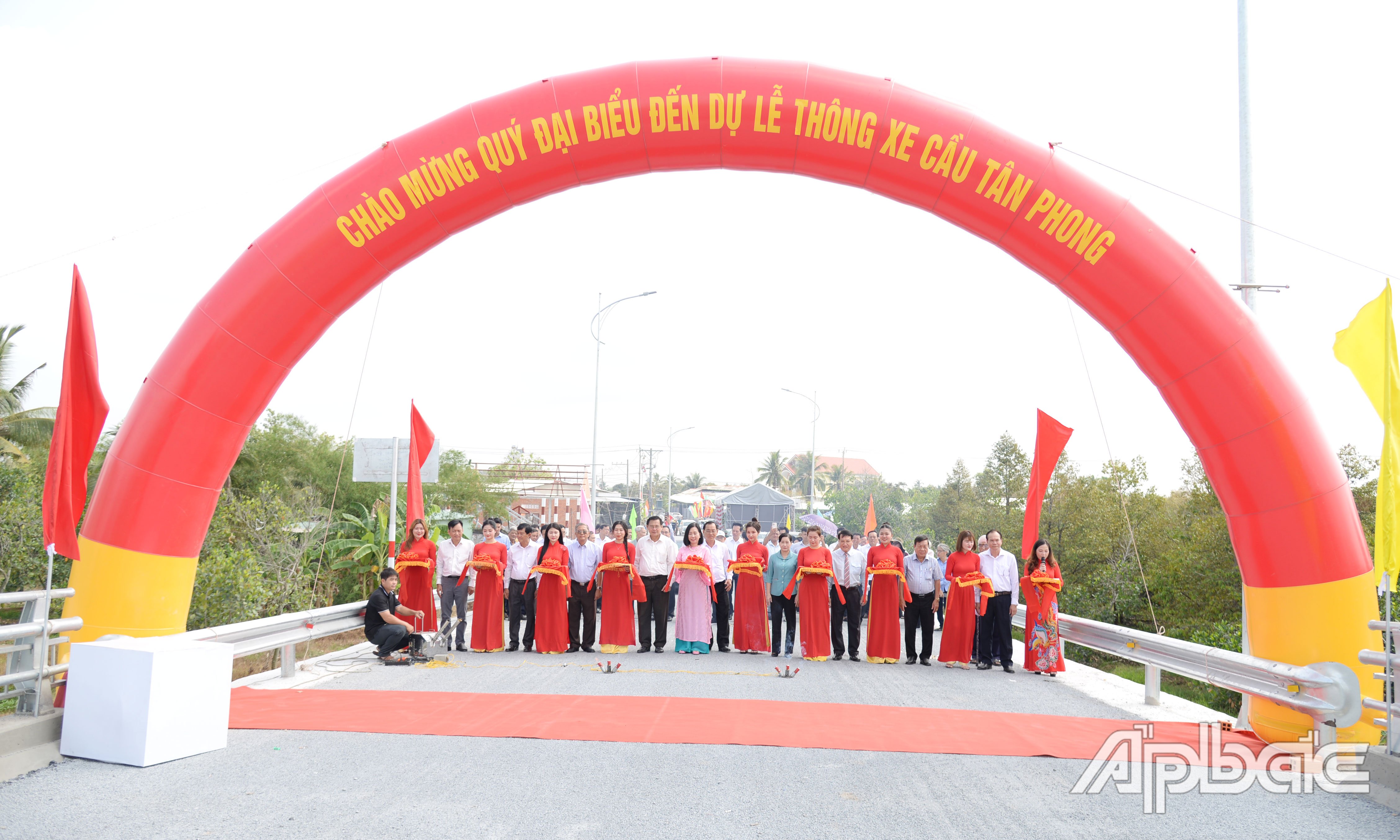









Comment (0)